UMHB: The First 175 Years
From a modest educational outpost on the Texas frontier to a thriving university providing the best in Christian higher education for nearly 3,900 students each year, the University of Mary Hardin-Baylor has compiled a rich history of challenges and triumphs along the way.
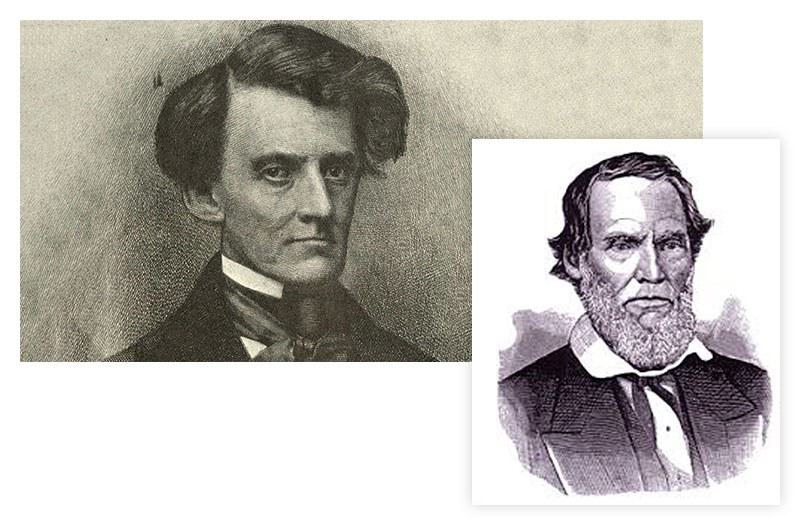
1843
In the late 1830s, representatives of Baptist churches in Texas issue an appeal to the Baptist Home Mission Board of New York to inaugurate a missionary movement in Texas. Missionaries Rev. James Huckins (above left) and Rev. William M. Tryon are sent out to the frontier, and soon after, Judge R.E.B. Baylor (above right) comes to Texas as a teacher, lawyer, soldier, and preacher. Together with other interested Baptist leaders, they form the Texas Baptist Education Society with the goal of establishing a Christian institution of higher education for the young men and women of Texas.
1843
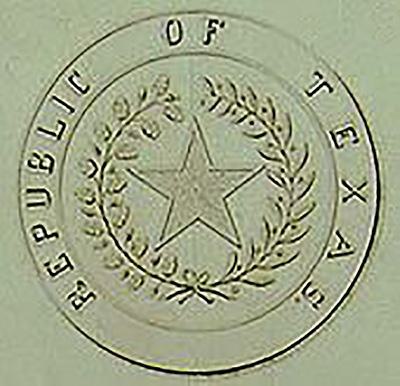
1845
The Texas Baptist Education Society petitions the Republic of Texas to approve its plan to establish a Baptist institution of higher learning. The Ninth Congress of the Republic of Texas approves the plan and signs the charter for the new school in 1845.
1845
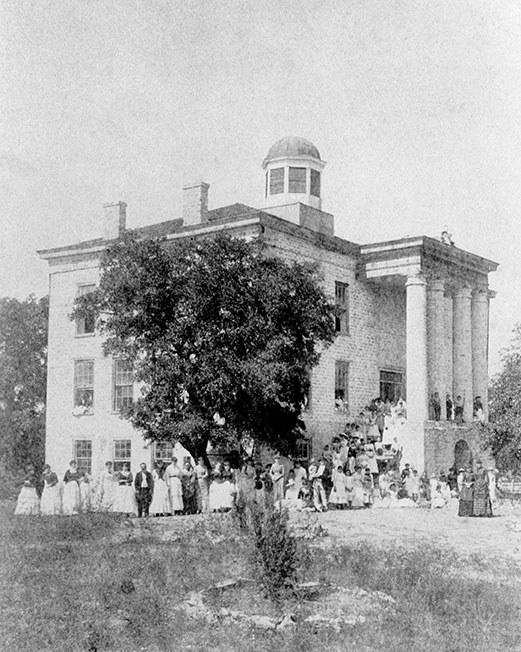
1846
The new university, called Baylor University, is established in Independence, Texas, a small town located near Washington-on-the-Brazos, where the constitution of the Republic of Texas was signed.
1846
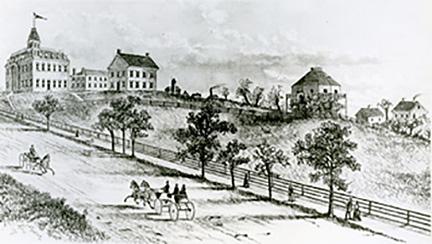
1851
When Rufus C. Burleson becomes president of the university in 1851, he insists that the men and women be separated in all school work. The Female Department stays at the original site and the Male Department moves a mile away to a new building on Allen Hill. The two campuses are separated by Independence Creek, which the students nickname "The River Jordan."
1851
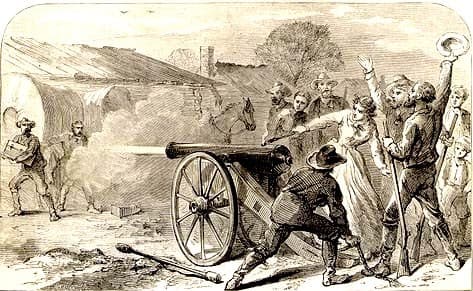
1861-1865
The Civil War brings hard times to Texas. By the end of the war, the wealth of many families is gone, and it becomes difficult for them to afford a college education for their children. Though many Texas schools close, the Female Department persists in graduating a class every year.
1861-1865
1866
By action of the Texas Legislature and the Baptist State Convention, the original university charter is revised in 1866. The Female Department is renamed "Baylor Female College" and assigned a separate Board of Trustees. The Male Department retains the name "Baylor University."
1866
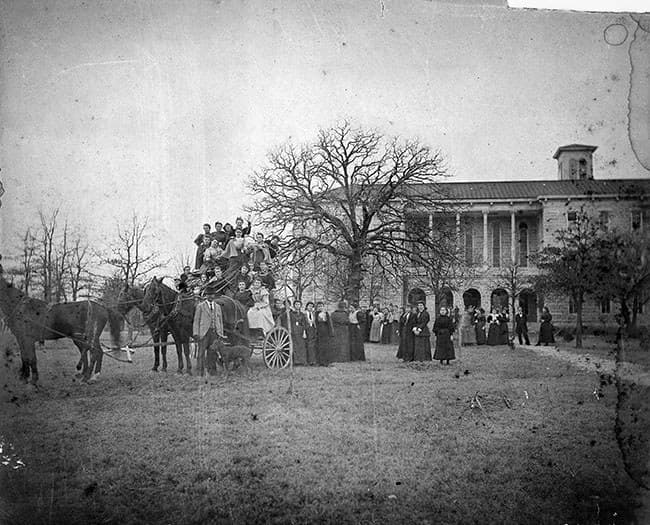
1886
Independence falls on hard times during the post-war years. Railroads pass the town by, roads become impassable during rainy seasons, and the nearby Brazos River changes course and becomes too shallow to support river traffic. In 1886, President Rufus Burleson resigns and moves to Waco, taking the Male Department with him. They are quickly combined with Waco University and, together, become known as Baylor University. Under the leadership of John Hill Luther, Baylor Female College moves to Belton and establishes a new campus there. (Photo shows Luther Hall, first permanent building erected on the new Belton campus.
1886
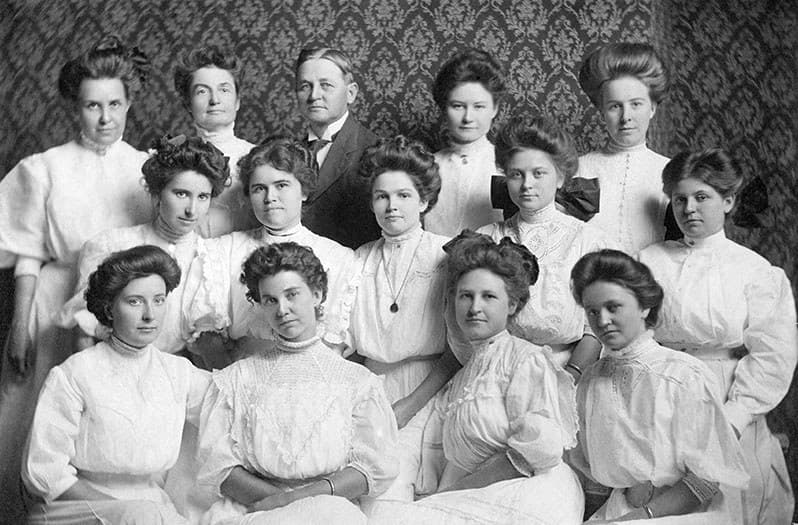
1893
Elli Moore Townsend establishes a work/study program for women who want to attend college but can not afford to do so. Young women selected for the Cottage Home System work for the college a certain number of hours per day to pay for their education, plus tend to the small cottages where they live. (Photo is of a group of Cottage Home girls graduating in 1908; Elli Moore Townsend and her husband, Dr. E.G. Townsend, are second and third from the left on the back row.)
1893
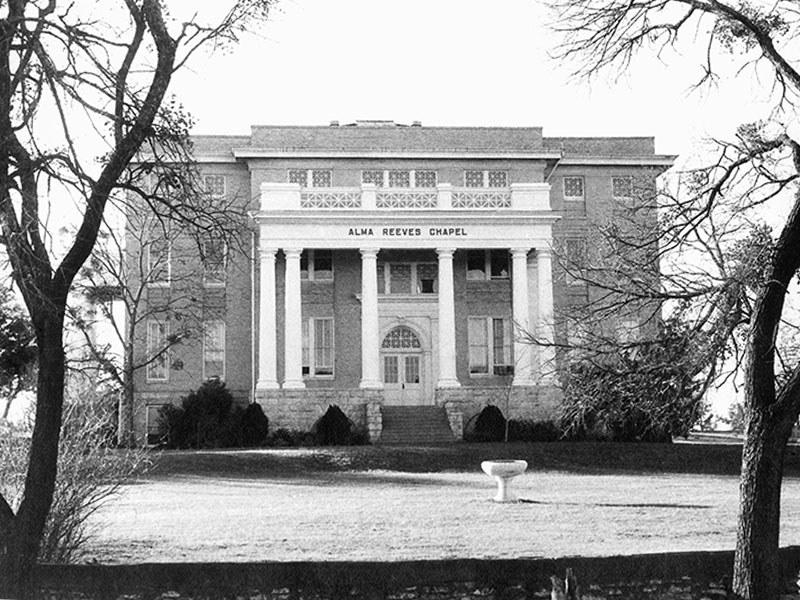
1907
Wilson Administration Building is added to the campus; included in the building is Alma Reeves Chapel, a meeting hall where chapel services for the students can be held regularly.
1907
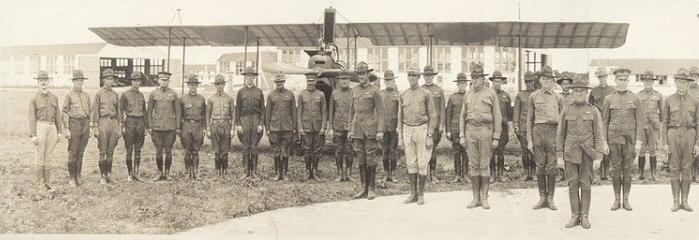
1917-1918
World War I draws many young men of Texas off to war. Back home, young women seek a college education in greater numbers, and by 1918 the enrollment at Baylor Female College exceeds 1,000.
1917-1918
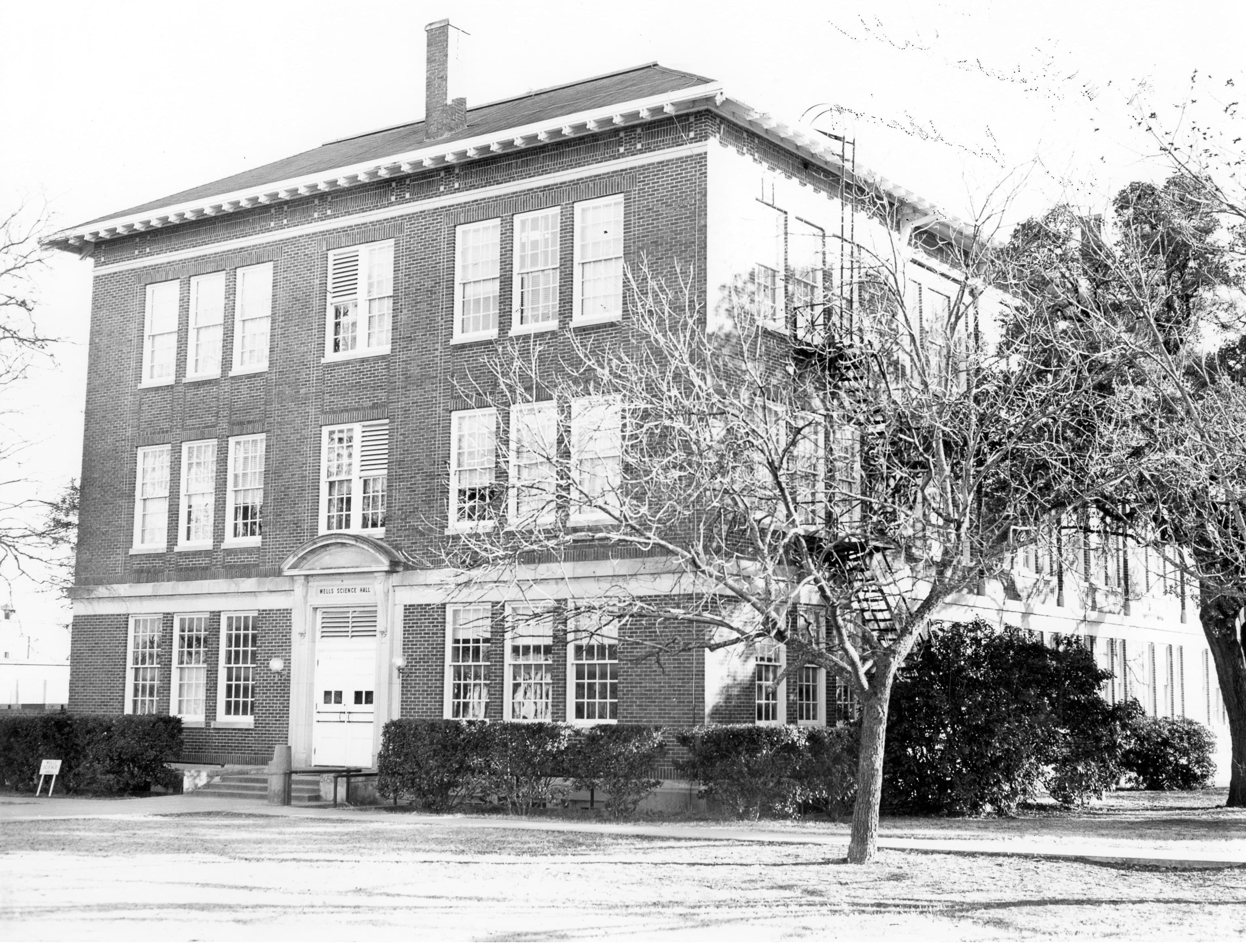
1920
Wells Science Hall (pictured), Burt Hall, and Ruth Stribling Hall are added to the campus.
1920
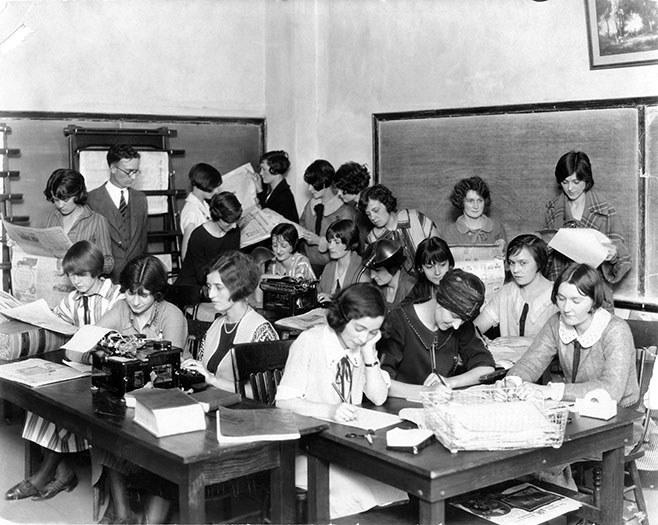
1921
Baylor Female College establishes the first journalism school in a college for women in America and becomes the second institution in Texas to offer the Bachelor of Journalism degree.
1921
1923
Baylor Female College changes its name to Baylor College for Women.
1923
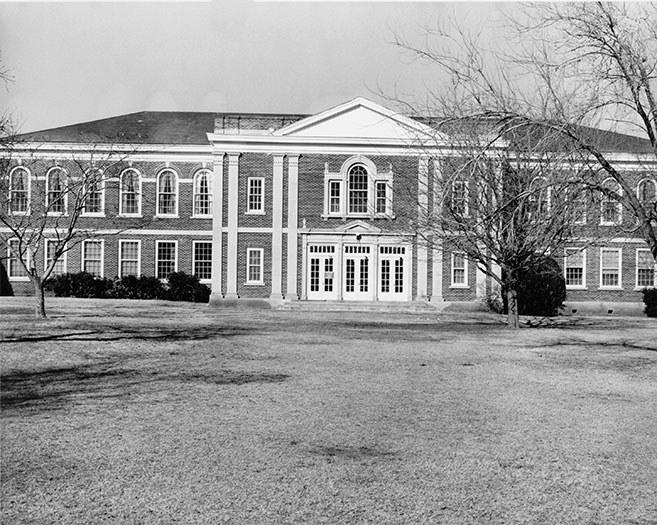
1929
Luther Hall burns down on January 26, 1929, with no loss of life or injuries to students. Hardy Hall (pictured) is completed by the end of the year, providing much-needed dining room space.
1929
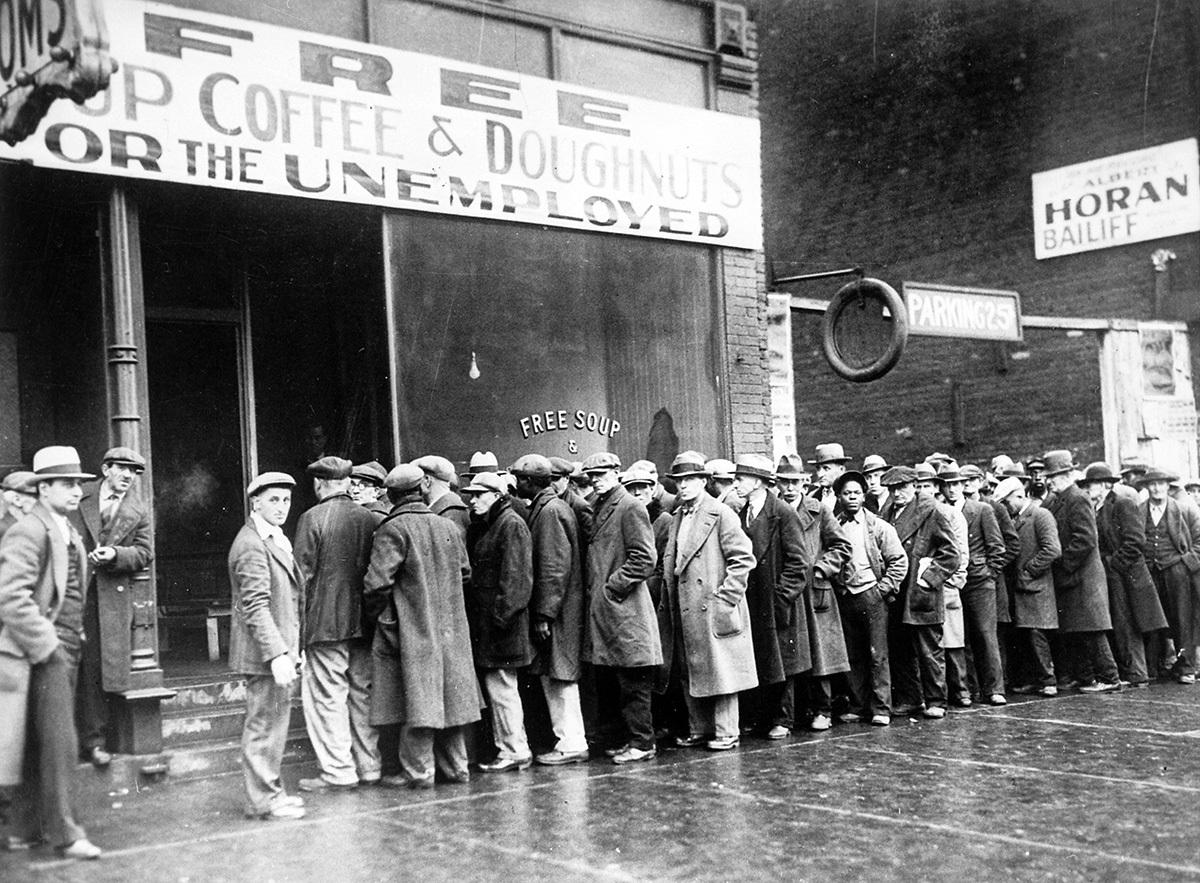
1929
The financial crash of 1929 causes reversals of fortune for families across America. Combined with drought-induced crop failures during the years of the Great Depression, times are hard, and many students have to leave school. Dependent on tuition revenues and with little endowment, Baylor College for Women struggles to pay current expenses and pay the interest on its debts.
1929
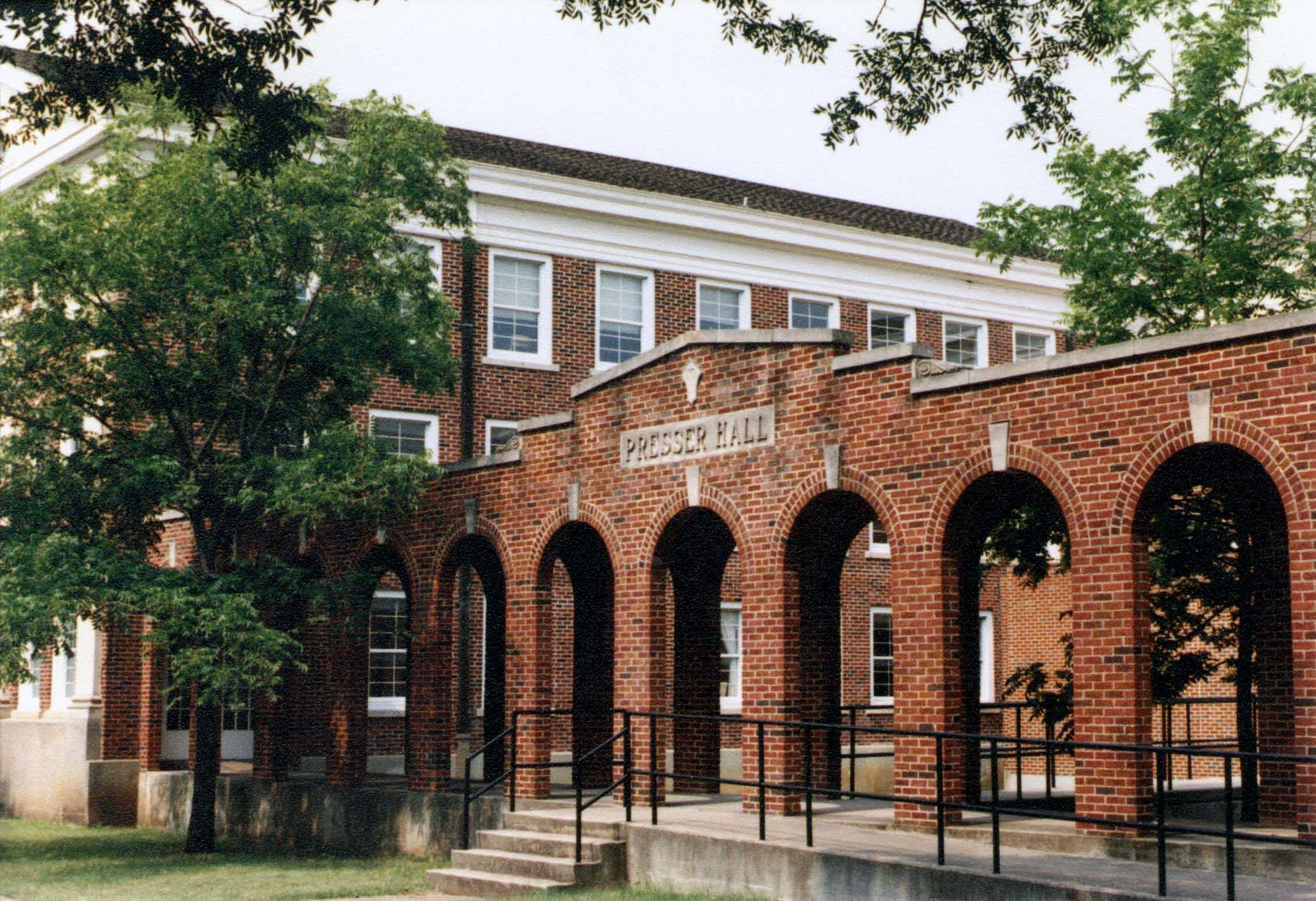
1930
Presser Hall opens in January 1930. The new fine arts center includes music studios, practice rooms, a recital hall, and a third-floor art studio.
1930
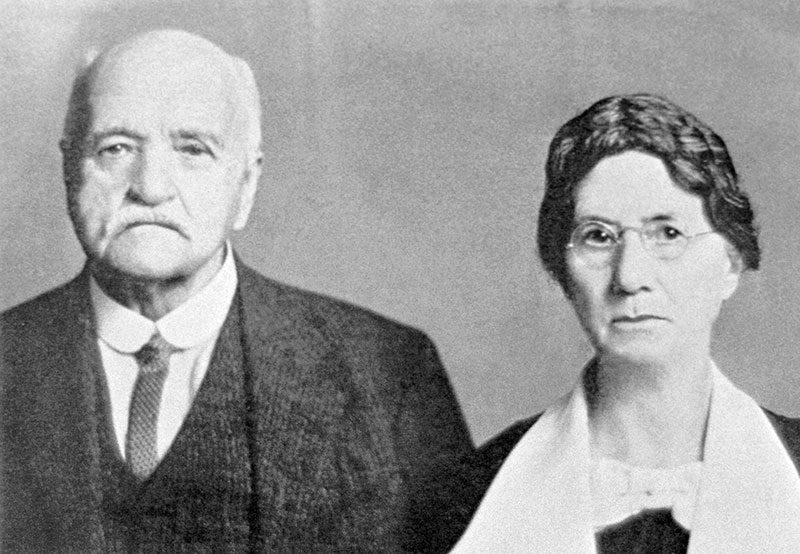
1933
John and Mary Hardin of Burkburnett, Texas, make a generous gift to the college, saving it from bankruptcy.
1933
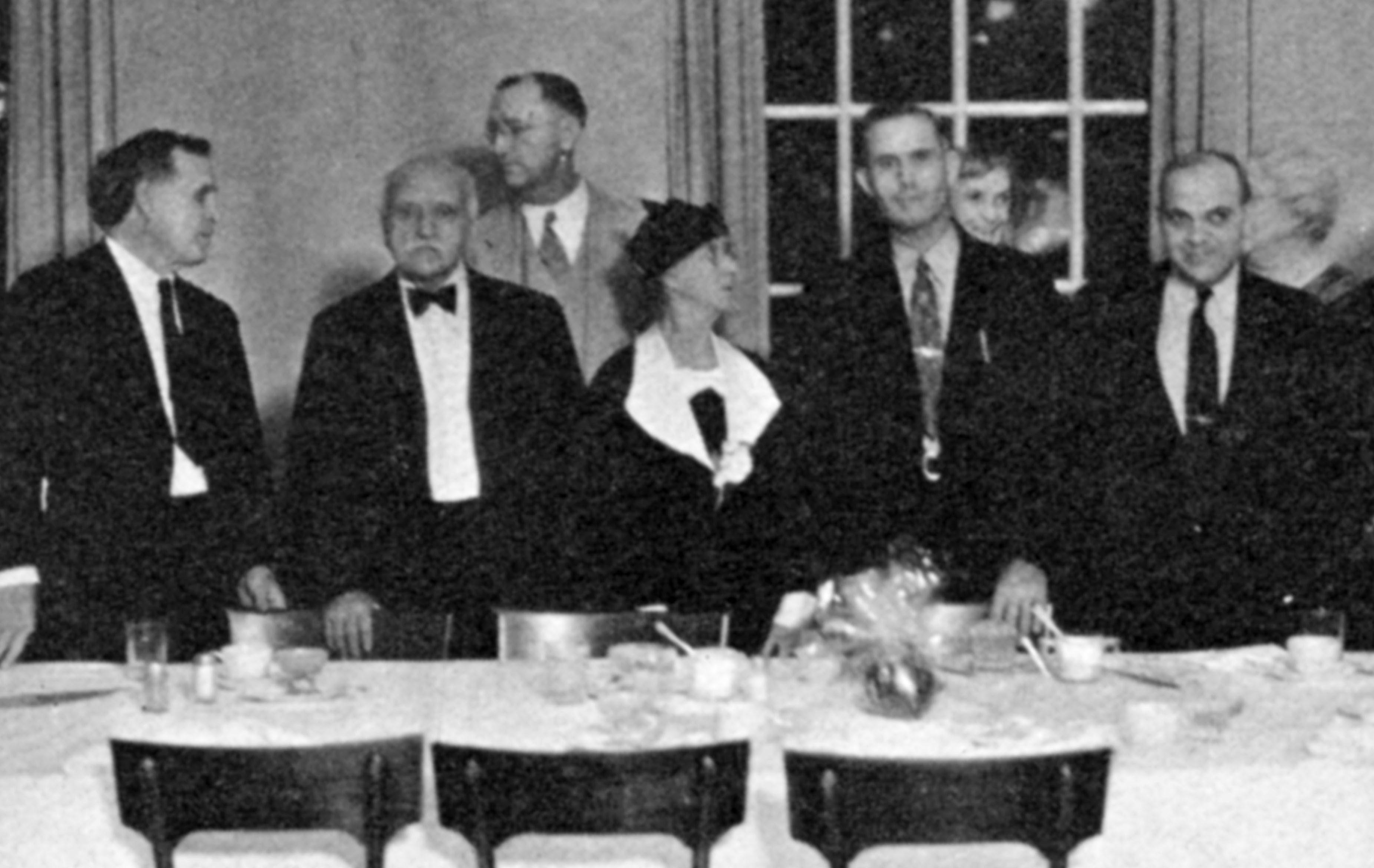
1934
In gratitude for the Hardin's timely gift, the trustees vote to change the name of the school to Mary Hardin-Baylor College. The Hardins are special guests of the university at a dinner where the change of name is announced on September 25, 1934.
1934

1941-1945
World War II creates social and economic stresses for Americans; young women turn to higher education and jobs previously filled by men, to help support their families and the war effort.
1941-1945
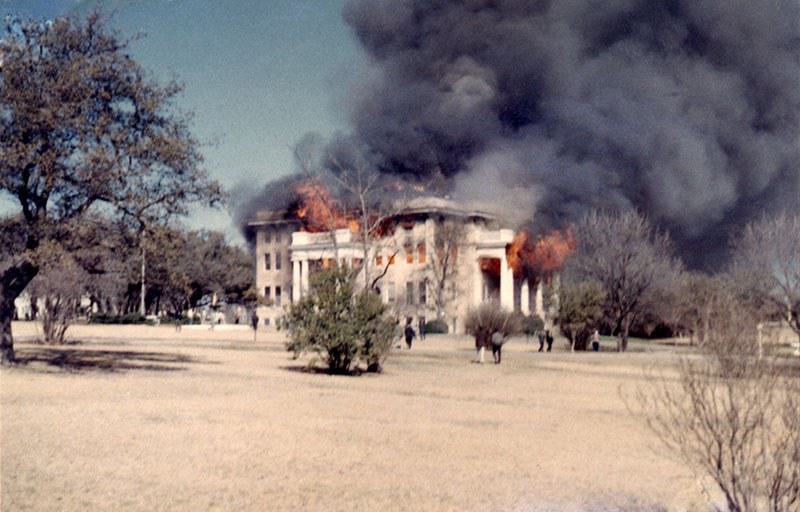
1964
Wilson Administrative Building burns on February 9, 1964, destroying classrooms and administrative records.
1964
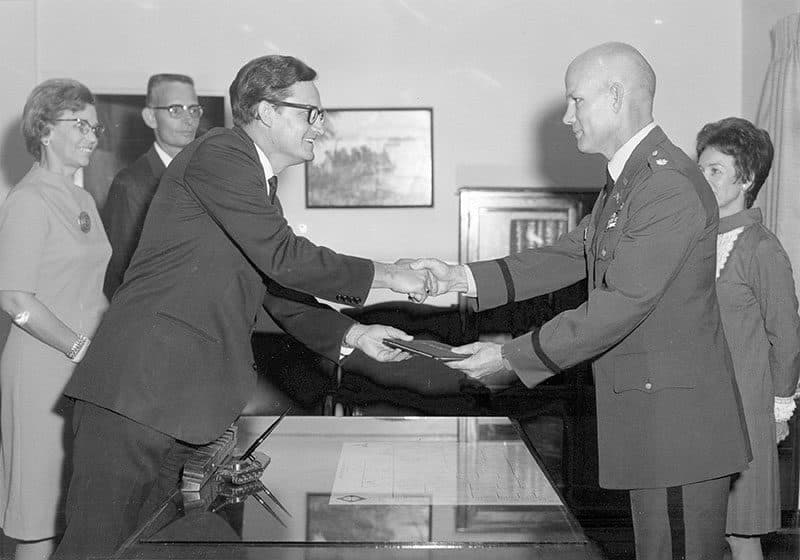
1968
While still officially a college for women, Mary Hardin-Baylor College bolsters its enrollments by allowing local young men and soldiers from nearby Fort Hood to take classes. In 1968, James P. Smith becomes the first man to be granted a degree from Mary Hardin-Baylor.
1968

1971
In 1971 the Mary Hardin-Baylor Board of Trustees approves the recommendation of President William G. Tanner to make the college a co-ed institution. The decision brings in an influx of commuter students to the college and a reorganization of many aspects of campus life, including the creation of men's athletic teams.
1971
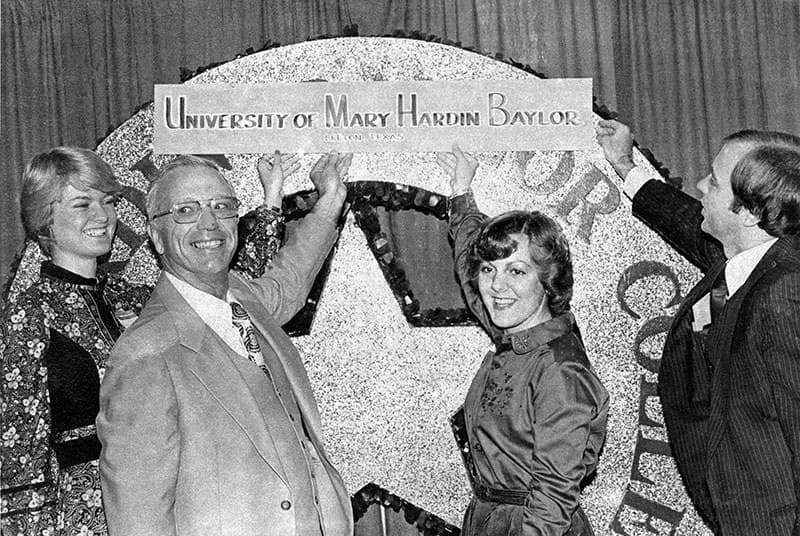
1978
The college achieves university status and changes its name to University of Mary Hardin-Baylor.
1978
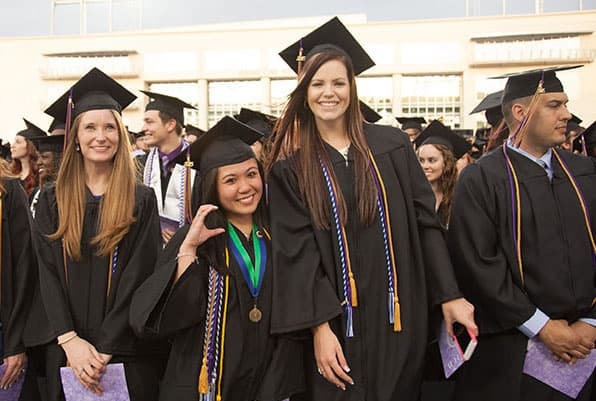
2020
University of Mary Hardin-Baylor celebrates its 175th anniversary. Today more than 500 faculty and staff members work to provide outstanding Christian higher education experiences for nearly 3,900 students each year. One of the oldest, most reputable universities in Texas, UMHB remains committed to providing students with small classes and personal attention at both the undergraduate and graduate levels. The university offers undergraduate degrees in more than 70 majors as well as 11 master's degrees and doctoral degrees in Education, Nursing Practice, and Physical Therapy.